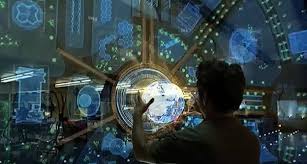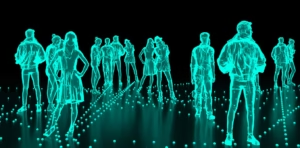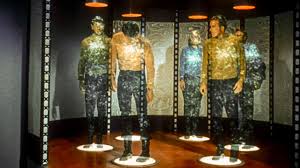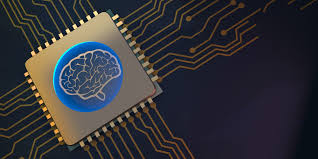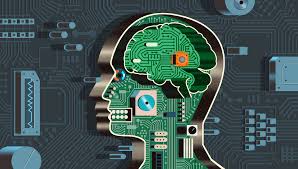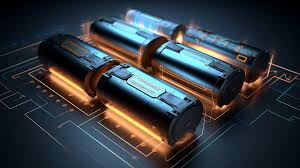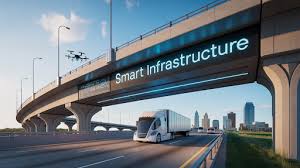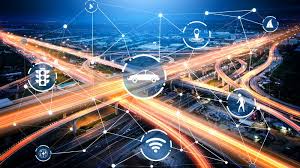
Synthetic Biology: Designing Life from Scratch
Imagine creating entirely new forms of life in a lab—organisms designed for specific tasks, like producing medicines, cleaning up pollution, or even generating sustainable fuels. This is no longer science fiction. Welcome to the groundbreaking world of synthetic biology, where scientists are literally designing life from scratch.
Synthetic biology is revolutionizing how we understand biology, medicine, and the environment by combining engineering principles with biology to build new biological systems and organisms.
🧬 What Is Synthetic Biology?
Synthetic biology (or synbio) is an interdisciplinary field that involves designing and constructing new biological parts, devices, and systems, or redesigning existing natural biological systems for useful purposes.
Unlike traditional genetic engineering, which tweaks existing genes, synthetic biology goes further—building life forms with custom DNA sequences, sometimes entirely new to nature.
🔬 How Does It Work?
Synthetic biology merges biology with engineering and computer science. Here’s the general process:
-
Design: Scientists use computer models to design DNA sequences coding for desired traits or functions.
-
Synthesis: Custom DNA is chemically synthesized in the lab.
-
Assembly: These sequences are inserted into cells or built into artificial cells.
-
Testing & Optimization: The new organisms are tested and fine-tuned to perform specific tasks.
This approach allows for unprecedented precision and creativity in building life.
🚀 Applications Transforming Our World
Synthetic biology promises to impact a vast range of industries:
1. Medicine
-
Custom microbes that produce rare drugs and vaccines faster and cheaper.
-
Gene therapies that target diseases at their source.
-
Engineered cells that hunt and destroy cancer.
2. Agriculture
-
Crops engineered for drought resistance or higher nutrition.
-
Microbes that improve soil health naturally.
-
Biopesticides reducing chemical use.
3. Environment
-
Organisms designed to clean up oil spills or break down plastic waste.
-
Microbes engineered to capture carbon dioxide and combat climate change.
4. Energy
-
Biofactories that produce renewable biofuels from waste.
-
Synthetic organisms generating electricity or hydrogen.
🧩 Real-World Breakthroughs
-
Synthetic yeast chromosomes: Scientists have built synthetic versions of yeast chromosomes, opening doors to custom organisms for biotech.
-
Biosensors: Engineered bacteria that detect toxins or pollutants in water supplies.
-
Lab-grown meat: Cells cultured to create meat without animal farming, reducing environmental impact.
⚖️ Ethical and Safety Considerations
Designing life from scratch raises important questions:
-
Could synthetic organisms escape labs and disrupt ecosystems?
-
How do we regulate and monitor this powerful technology?
-
What ethical boundaries should govern the creation of new life?
Scientists and policymakers worldwide are actively debating these issues, emphasizing responsible innovation and robust safety protocols.
🔮 The Future of Synthetic Biology
Synthetic biology is still in its early days but advancing rapidly. As DNA synthesis becomes cheaper and AI aids design, the possibilities expand exponentially.
Imagine custom-designed microbes cleaning your city’s water, personalized medicine grown on demand, or carbon-neutral fuels fueling your car—all thanks to synthetic biology.
🧠 Final Thought
Synthetic biology is more than science—it’s a bold new frontier where humans can design life itself. The power to build organisms tailored for health, sustainability, and innovation holds enormous promise and responsibility.
As we unlock the code of life, synthetic biology invites us to rethink what’s possible—and how we live on this planet.







